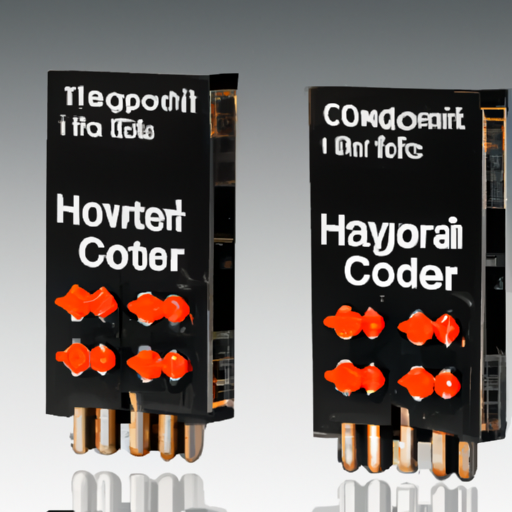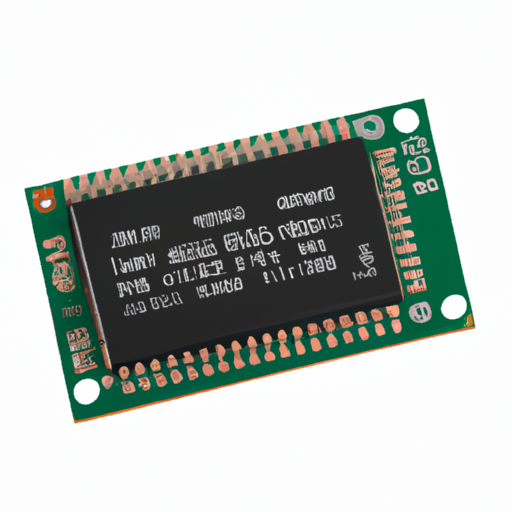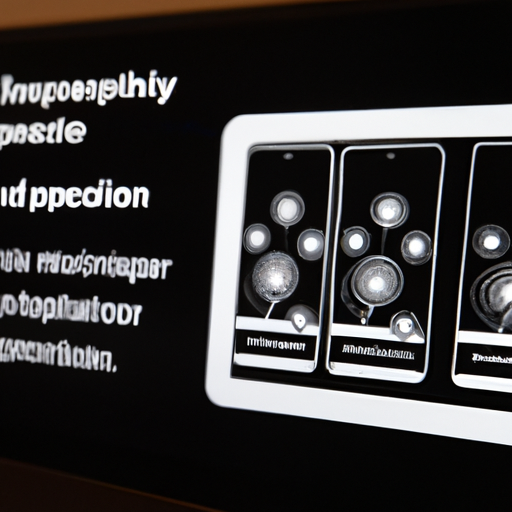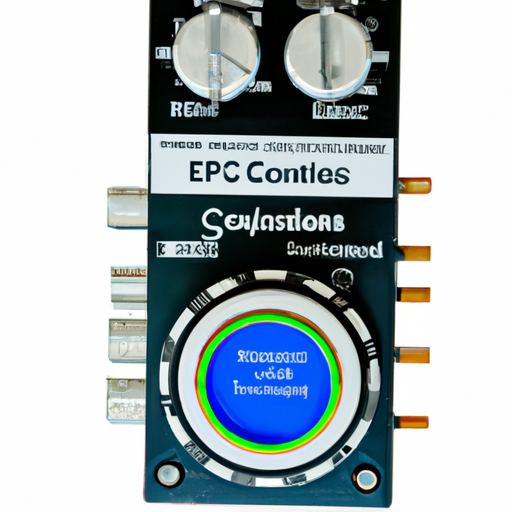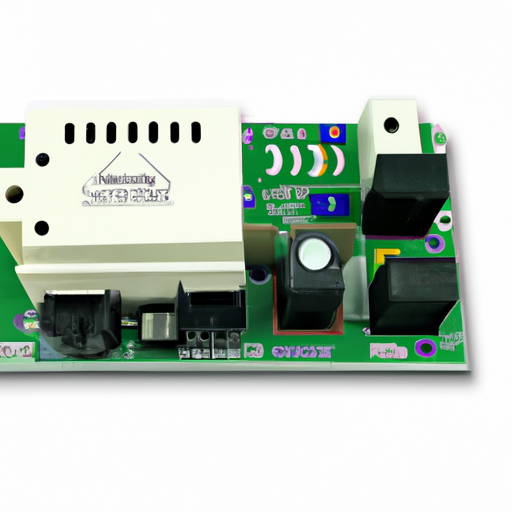1N5241B-T Hot Swap Controllers highlighting the core functional technology articles and application development cases of Hot Swap Controllers that are effective.
Overview of Hot Swap Controllers
Hot swap controllers are critical components in modern electronic systems, enabling the safe insertion and removal of circuit boards or components without disrupting the power supply. This functionality is essential in applications where continuous operation is paramount, such as telecommunications, data centers, and industrial automation.
Core Functional Technology of Hot Swap Controllers
1. Power Management: Hot swap controllers regulate the power supply to the device being inserted or removed. They gradually apply power to prevent inrush current, which can potentially damage sensitive components.
2. Voltage Monitoring: These controllers continuously monitor voltage levels to ensure that the system operates within safe limits during the hot swap process, preventing damage from overvoltage conditions.
3. Current Limiting: Hot swap controllers typically incorporate current limiting features to protect the system from excessive current draw during component insertion or removal, safeguarding both the controller and the connected devices.
4. Fault Protection: Many hot swap controllers are designed with fault detection mechanisms that can identify conditions such as short circuits or overcurrent situations, allowing the system to take corrective actions to prevent damage.
5. Control Logic: The control logic within hot swap controllers manages the sequencing of power application and removal, ensuring a smooth transition during the hot swap process and minimizing the risk of system instability.
6. Communication Interfaces: Advanced hot swap controllers may include communication interfaces (such as I2C or SPI) for integration with microcontrollers or other system components, enabling sophisticated control and monitoring capabilities.
Application Development Cases
1. Telecommunications Equipment: In telecom systems, hot swap controllers facilitate the replacement of line cards or power supplies without taking the entire system offline. This capability is crucial for maintaining service availability and minimizing downtime.
2. Data Centers: Hot swap controllers are extensively used in server and storage systems, allowing for the replacement of hard drives, power supplies, and other components without interrupting service. This is vital for ensuring high availability in cloud computing environments.
3. Industrial Automation: In manufacturing and process control systems, hot swap controllers enable the maintenance and replacement of control modules and sensors without halting production processes, thereby enhancing operational efficiency.
4. Consumer Electronics: High-end consumer electronics, such as gaming consoles and high-performance PCs, utilize hot swap technology to allow users to upgrade components like graphics cards or storage drives without shutting down the system, improving user experience.
5. Medical Devices: In medical equipment, hot swap controllers can be employed to replace components like batteries or modules without interrupting critical operations, ensuring patient safety and device reliability.
Conclusion
Hot swap controllers, including models like the 1N5241B-T, are essential for enhancing the reliability and availability of electronic systems across various industries. Their capabilities in power management, voltage monitoring, current limiting, and fault protection make them indispensable in applications where uptime is critical. As technology continues to advance, the demand for effective hot swap solutions is expected to grow, driving further innovation in this field. The integration of hot swap controllers into diverse applications not only improves system resilience but also enhances user convenience and operational efficiency.

